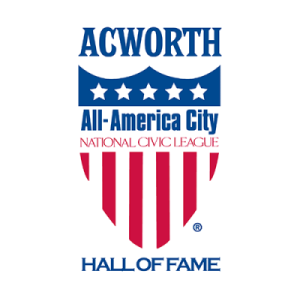Q: Is it normal to have running water across my lawn in a storm?
A: Yes. Many homes have stormwater “swales” in their lawns and yards. In dry conditions, these swales may not be noticed but as it rains, stormwater will flow through these small channels. These swales carry water runoff from driveways, rooftops, and other upstream properties to the street. Gutters then carry the water to underground drainage systems that fill the detention facilities for a temporary 24-48 hour storage duration.
Q: Why would you want to store stormwater?
A: Storing stormwater controls downstream flooding. However, detention facilities do not totally stop creeks from filling with water, but do help control the amount and timing of stormwater that a stream will receive during heavy events. A stream will still flow at full bank in heavy rainfall; however, the same stream without a detention facility would crest its banks and could flood nearby structures and properties.
Q: What can you pour into the storm drains in the streets?
A: Nothing! If it is not stormwater, it doesn’t belong in a storm drain! Every time you wash your car you are dumping soap into the stream, as well as chlorine from the water tap. Any oil that has leaked out onto your driveway finds its way to the storm drain as well. Even fertilizers applied to your lawn can affect the ecology of the local streams. If possible minimize these pollutants, it will help to keep creeks and lake clean.
Storm water runoff starts from your roof, your lawn, your gutters, and our streets. It ends up in our local streams, creeks, and lakes. The contamination load that is carried into these waterways have a significant effect on local wildlife as well as community recreation. That’s why it’s important to minimize pollutants and contaminants in storm water runoff.




